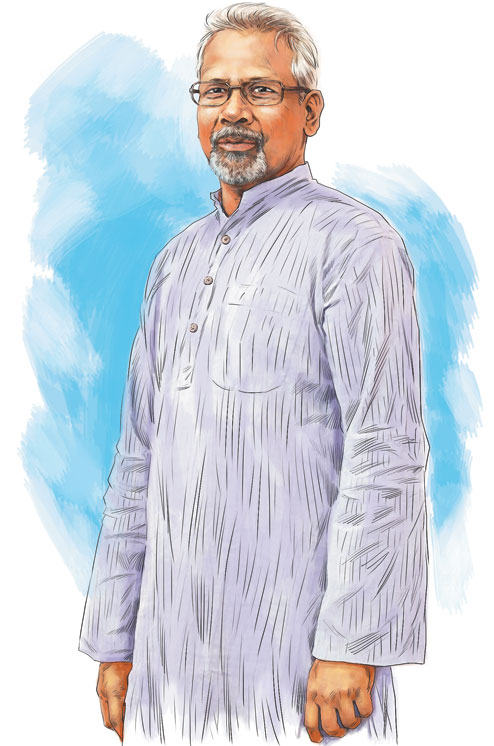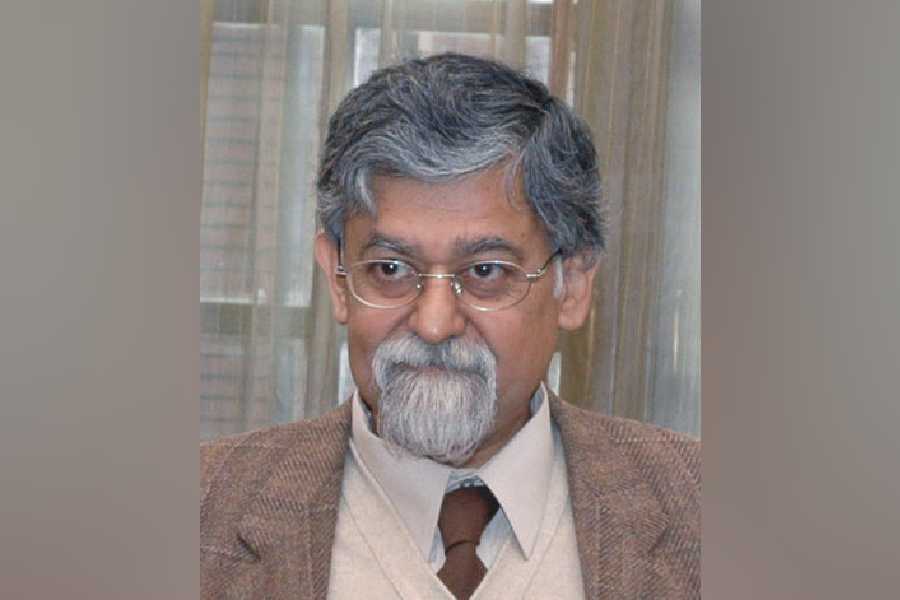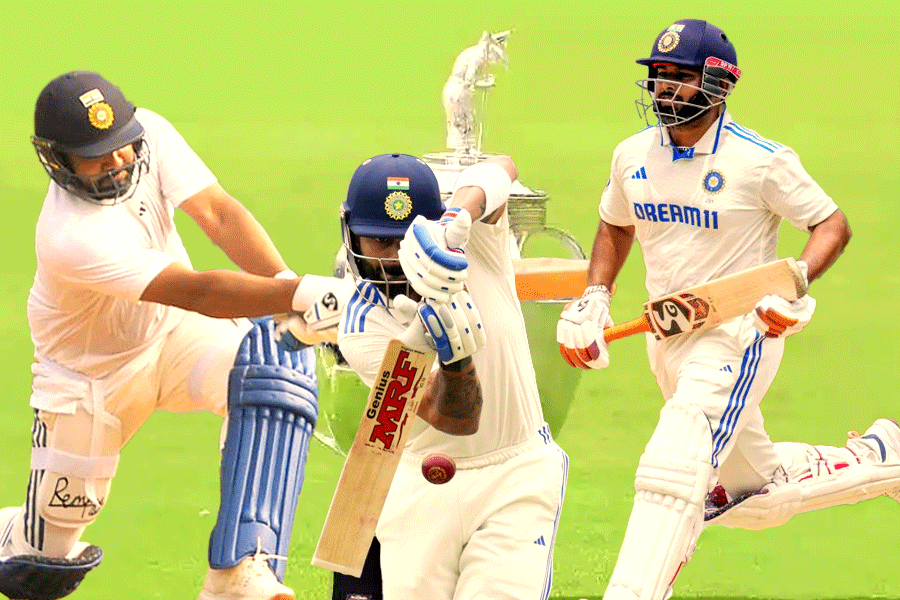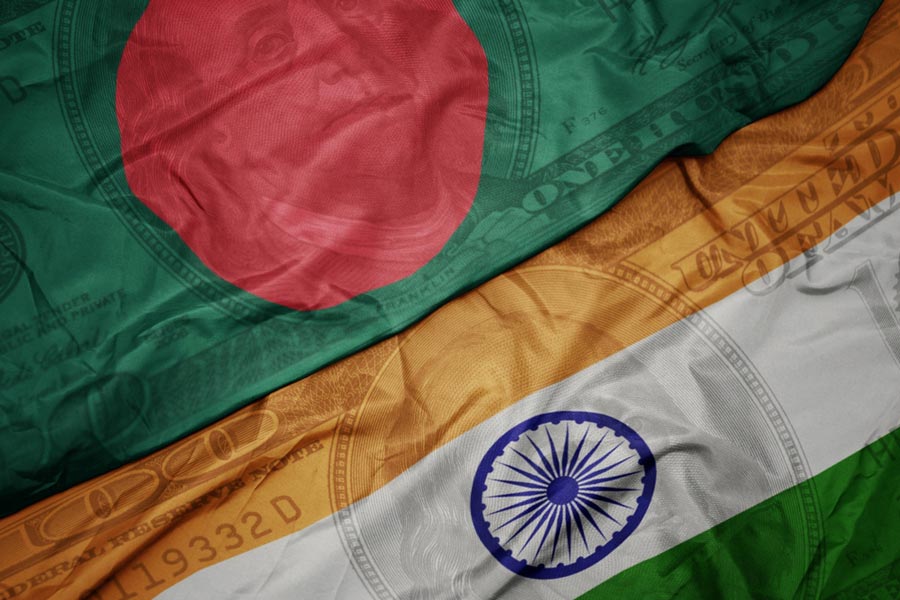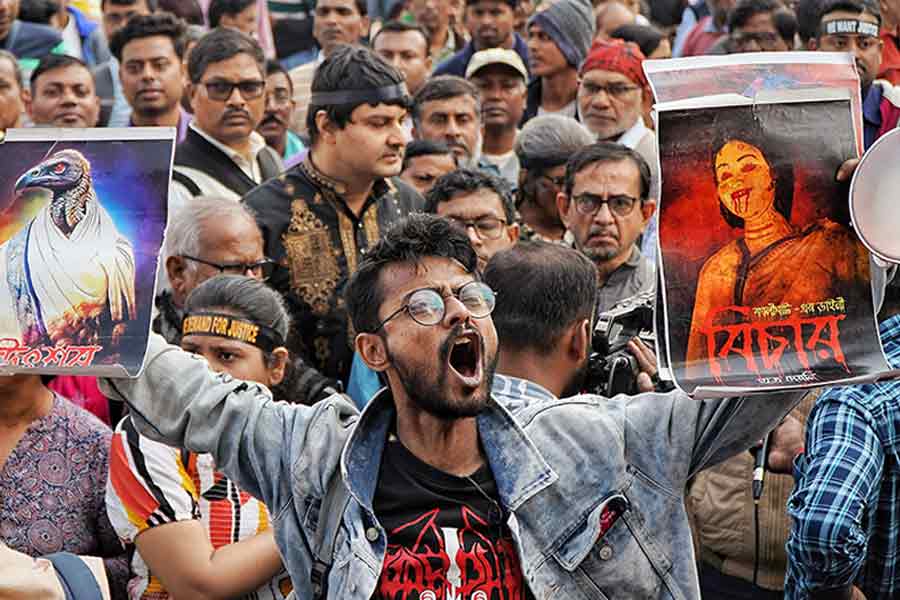
A Mani Ratnam film usually stirs up as much excitement as a Rajinikanth-starrer in the south. It is no different this time. There is curiosity around the veteran filmmaker's latest outing, O Kadhal Kanmani (O Apple of My Eye), a breezy take on live-in relationships in today's society.
Ratnam's office, Madras Talkies, is situated in a quiet, leafy lane in downtown Chennai. It's bustling with activity and in his second floor terraced office, filled with shelves brimming over with books, Ratnam seems to be the picture of Buddhaesque calm.
But the stakes are high for him this time. Ratnam, who has made several award-winning films such as Nayakan, Roja, Bombay, Dil Se and so on, has not given a real winner in the recent past. His last film, Kadal (The Sea), sank without a trace, while the earlier one, Raavan, was widely panned. In fact, after the debacle of his last film, distributors protested outside his office demanding their money back. This time the director has to prove that his films can still make an impact.
If he is troubled, the 59-year-old Ratnam, who has made 24 movies in a career spanning 32 years, does not show it. Clad in a dull grey shirt and trousers, the bespectacled director, known to be a man of few words, says in a soft, measured tone, "I am not nervous. There is nothing more I can do now. Over the years, I have learnt to handle a film release. I don't go to watch my film on the first day in a theatre. I have worked with a dream sincerely for over a year and half for this film. Now, it is time to let it go."
In fact, he seems keen to get on with his next film. Ideas are already swarming in his mind. So what excites him about a subject? "I made Roja in 1990 but the engineer was kidnapped in Kashmir many years earlier. The wife's open letter written to the terrorists in the newspapers struck a chord in me. It was the most genuine letter I had read, and it said that her husband had never done anything wrong. It stayed with me. My ideas come from my emotions - it is a connection you make. I am interested in telling the story of people, and I wait for the story to get my point of view across," he says.
Similarly, using the story of an eight-year-old Sri Lankan adopted girl's quest for her biological mother, he focused on the bloody civil war raging in the country in his 2002 film, Kannathil Muthamittal.
Ratnam's most critically acclaimed film is perhaps Nayakan (Godfather), based on the story of Mumbai mafia don Vardarajan Mudaliar, with actor Kamal Haasan in the lead. The film was listed as one of the all-time 100 best films by Time magazine along with Satyajit Ray's Apu Trilogy and Guru Dutt's Pyaasa.
Today, he says modestly, "Some films just fall into place. We got the period details right, we had a Kamal Haasan who could portray the don."
Ratnam wove magic on the screens from the mid-1980s with his stunning visuals stoked by clever camera work and lighting, sharp editing and soul-stirring music. Essentially, he was able to blend art with masala, and knew how to tug at the heart strings. It was he who introduced a signature song number, which later became the infamous item number, in his earlier films, using leggy, curvaceous actresses like Sonu Walia, Sonali Bendre and Malaika Arora. (Remember the chartbusting Humma humma in Bombay, Shah Rukh Khan and Malaika's Chhaiya chhaiya on top of a train in Dil Se or Rakkamma kaiya thattu picturised on Rajinikanth and Sonu Walia in Thalapathi?)
The son of a film distributor, Ratnam would have ended up as a management consultant after his MBA in Mumbai had it not been for his friend Ravi Shankar making a Kannada film in Bangalore in the early 1980s. He left his job to help his friend, but the film never took off. However, a young Ratnam enjoyed writing the film so much that he knew this is what he wanted to do in his life.
"If I had not taken the risk then and entered films, I would have ended up as just another film buff. I am grateful to Ravi for giving me clarity to become a filmmaker," he reminisces. But it took the young director a few years of struggle and doing the rounds of producers' houses with his friend and cinematographer P.C. Sreeram, before tasting success.
<,>Passionate about filmmaking (it is in his DNA, say his friends), Ratnam wrote a story about a young woman laying her past love affair to rest after she is forced into an arranged marriage. "It happened to someone close to me", reveals Mani, "and I knew it would ring true." The film, Mouna Ragam (1986), changed the course of his career.
"I felt liberated after that film. It gave me the freedom to do different kinds of films. Producers were willing to trust me to make a mafia don film," he says. He went on to make different kinds of films - besides his famous terrorism trilogy ( Roja, Bombay and Dil Se), he did Anjali (on a mentally challenged child); Yuva (on the lives of three young men); Iruvar ( Duo), a political drama based loosely on the lives of the former Tamil Nadu chief ministers, the late MGR and M.K. Karunanidhi), Guru (loosely based on the life of Dhirubhai Ambani), to mention just a few. He also collaborated with director Ram Gopal Verma on two films.
"RGV and I get along well because we are both passionate about films. We keep trying something different and are ready to take a risk," says Mani.
It irks him that people say that he is good at making "relationship" movies. "I have made many kinds of films. It does not make me angry, maybe it is easier for people to retain simple things and leave the complex behind. They are more romantic than I am," he says flatly.
According to his long-time associate, veteran cinematographer, P.C. Sreeram, Ratnam made "aesthetic commercial films" in an era of formula films. "He struck the right balance and created his own formula of style and appeal", he says. And his ability to capture romance on screen is magical, he adds, citing the example of Aishwarya and Abhishek Bachchan's chemistry in Guru. However, he would not call Ratnam romantic but more a "serious, down-to-earth" type, he says.
His films are also known for their chartbusting songs, mostly helmed by the Oscar-winning A.R. Rahman, whom he discovered. Says south Indian director S.M. Vasanth, "In the tradition of Guru Dutt and Raj Kapoor, Ratnam made world class films with songs." He also reveals that the director is an admirer of Guru Dutt and Vijay Anand.
<,>Ratnam has never claimed to be an art filmmaker. He works within mainstream cinema, happy to have all kinds of audiences viewing his films. "I make films with a certain amount of honesty. I make them straight from the heart," he says.
He also points out that he did not attempt to do anything new when he laid emphasis on visuals and music. In O Kadhal Kanmani he experimented with sync sound (sound recorded at the time of making the movie). "The prominent use of technique has been there before me. Look at Guru Dutt and Satyajit Ray's films, they were masters at it. Their work had brilliant visuals, detailing in art and the way the film was cut was outstanding. They set the benchmarks - I just followed in their path," he says.
Ratnam never watches his own films. "If I see them now, I see the pixels, the errors. Give me a fresh film to see any day," says the director, who loves watching foreign cinema and is a familiar face at international film festivals in Chennai. "Great films do amazing things to you," he says.
Married to actress Suhasini with one son, "who is sensibly not in films," Ratnam is an avid golfer. He loves reading fiction when he is not making movies. After his new film's release, he plans to go off on a holiday with a bunch of books he has collected, he says.
On the growing popularity of small, independent cinema in India, the filmmaker points out, a big film like Fast and Furious7 is the one that is making money in cinemas today. "You cannot escape big budget films. It's the same in America; in India both the big and small co-exist," he adds.
Ratnam speaks eloquently about the rising trend of intolerance towards art, as in writer Perumal Murugan's case, for example. "We are letting it happen. India's biggest strength is that it is a democracy where we are allowed to voice our opinion. We cannot keep eroding that. We cannot have people in power being afraid of small groups who are dictating things. The fight for tolerance should come from everyone. We need to decide that India has to remain a democracy, a secular broadminded nation. That is our DNA - we cannot change that."
On the criticism of his own films, especially Raavan, Mani says with a shrug, "You have to take the good with the bad. If you enjoy the appreciation you must take the criticism too. I tried something different and it did not work for a large group of people."
So what will be the reception to his new film? The Ratnam fan brigade - and Ratnam himself - are keeping their fingers crossed.

